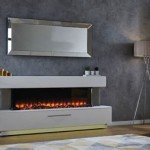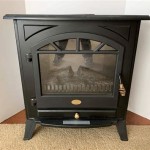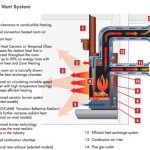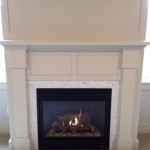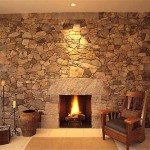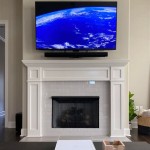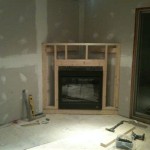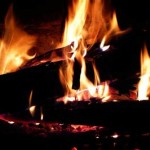Essential Aspects of Cleaning Soot from the Fireplace
Keeping your fireplace clean and free of soot is important for safety and efficiency. Soot accumulation can restrict airflow, reduce heating effectiveness, and pose a fire hazard. Here are some essential aspects to consider when cleaning soot from your fireplace:
Safety Precautions
Before starting, always wear protective gloves and a dust mask to prevent soot inhalation. Ensure the fireplace is completely cold and has not been used for at least 12 hours. Open windows and doors to ventilate the area and prevent soot from spreading.
Cleaning Tools and Materials
Gather the necessary tools and materials, including a stiff-bristled brush, a vacuum cleaner with a brush attachment, a soft cloth or sponge, a bucket of warm water, and a cleaning solution suitable for fireplaces. Consider using a soot-specific cleaner for optimal results.
Removing Loose Soot
Start by using the stiff-bristled brush to remove loose soot from the fireplace walls, floor, and flue. Be thorough and work in small sections to prevent soot from redistributing. Use a damp cloth to wipe down the surfaces and collect the soot.
Vacuuming
Once the loose soot is removed, use the vacuum cleaner with a brush attachment to thoroughly vacuum the fireplace and surrounding areas. Pay special attention to crevices and corners where soot may accumulate. This process helps remove fine particles of soot.
Cleaning the Flue and Chimney
If soot has accumulated in the flue or chimney, it's important to have it professionally inspected and cleaned. A chimney sweep can safely remove any blockages, ensuring proper airflow and preventing fire hazards.
Cleaning the Fireplace Glass
Over time, soot can also accumulate on the fireplace glass. To clean it effectively, use a fireplace glass cleaner or a mixture of vinegar and water. Apply the solution to a soft cloth or sponge and gently wipe the glass. Wipe it dry with a clean cloth to prevent streaks.
Maintenance and Prevention
Regular cleaning and maintenance can help prevent excessive soot buildup. Use a fireplace insert to reduce smoke and soot emissions. Burn seasoned hardwood as it produces less soot than softwoods. Have your fireplace and chimney inspected and cleaned annually by a qualified professional to ensure it's functioning safely and efficiently.

Clean Soot Fireplace From Stone Furnace Oil Leaks Diesel Spills Gas Remediation

Remove Soot From Fireplace Tips For Cleaning Chimney

How Fo I Remove Fireplace Soot Smoke Hometalk

Removing Soot Stains From Bricks And Stone Chimneys Com

How To Clean Soot From A Gas Log Set Vertical Chimney Care

Best Way To Clean A Fireplace Stacy Risenmay

Chimney Saver Paint N L Fireplace Cleaner Info

How To Clean A Brick Fireplace Before Painting

Chimney Soot And Creosote Dangers Full Service

How To Clean A Neglected Stone Fireplace Georgian Cottage
Related Posts

